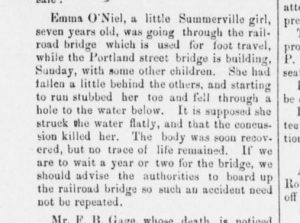
Recently, the Tadeusz Manteuffel Institute of History, part of the Polish Academy of Sciences, unveiled a new interactive map feature on their website: Mapy z Przeszłością (Maps of the Past). The online tool superimposes historical maps over a modern map of Central and Eastern Europe, allowing researchers to visualize and compare shifting borders and place names over time. The turbulent nature of Poland’s history, with its boundaries expanding, contracting, and disappearing over several centuries, is reflected in the geographic range of the maps available as overlays. The new map tool is useful for users with ancestry from modern Poland, Germany, Ukraine, Belarus, and Lithuania, or the historical territories of the German, Russian and Austrian Empires.
In Central and Eastern European genealogy, you will encounter placenames that changed depending on who controlled an area and when. This complicates research as we sort out and weigh the accuracy of the various placenames that are found in American sources. For example, researching a Lithuanian immigrant ancestor, you may find that their town of origin is reported in its Polish form in American sources, reflecting the official name from the early nineteenth century. The same town or village may be recorded in another record with an approximation of its Russian name, from when Lithuania was part of the Russian Empire. The town name may also appear in its Lithuanian form, which became official in the twentieth century. Researchers with Jewish ancestry may also find a distinct Yiddish form of their ancestral town or village recorded in American sources. Continue reading A New Tool for Interpreting Central and Eastern European Maps





